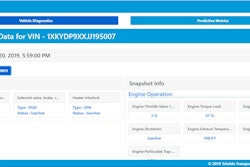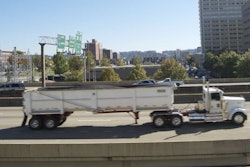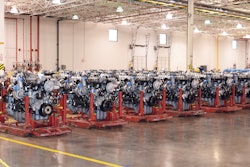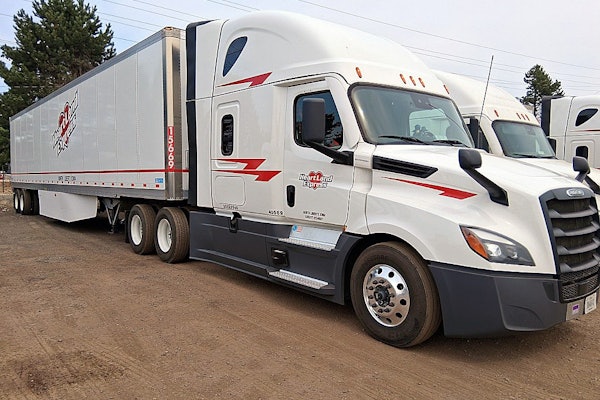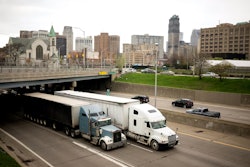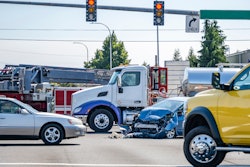Often when we think of driver safety, we think of things we can do to help drivers avoid or mitigate the seriousness of accidents. More recently, we had to think of how to protect them from the effects of the COVID-19 pandemic. However, some of the biggest driver safety issues have nothing to do with actually driving. Overexertion and slip, trip and fall are two big areas that can lead to driver injuries.
 By Jim Ward, director, safety and compliance, Transervice Logistics
By Jim Ward, director, safety and compliance, Transervice LogisticsA common slip, trip and fall accident results from drivers not getting into or out of the cab properly. Drivers should be using three points of contact when entering or exiting the cab. There is even a sticker on the side of the truck to remind them to do this, but we still see instances of drivers with a cup of coffee in one hand or a clipboard under their arm trying to get into the cab or trying to step out and then lose their footing.
Slip, trip and fall accidents can also happen on the back of the catwalk of the cab as well. A three point of contact approach is also advised when the driver is on the catwalk.
A proper three points of contact approach could be one hand on the door handle, one on the armrest and one foot on the truck step. Basically, there needs to be contact from two legs and one arm, or two arms and one leg, whenever a driver is getting into and out of the cab. Drivers should enter and exit the cab facing the cab, and they should never face outward and jump out of the cab.
Drivers also should wear non-slip, steel toed work shoes for protection. Some fleets — including Transervice — offer shoe allowances to help defray the cost of safety shoes.
You also should remind drivers to watch where they walk, especially in the winter. Stress things like not jumping out of the cab, taking their time while walking around the truck and carrying a flashlight for dimly lit loading docks. Taking a few extra seconds to assess conditions can make a big difference.
Fleet executives, find out how to keep drivers and keep them safe.
Experts will discuss the challenges drivers are facing on the road and the creative ways fleets are keeping them safe, motivated and moving — during our free, virtual CCJ Symposium on May 27-28. Get Details.
While much of this seems like common sense, we all get complacent when we have done the same thing repeatedly. Reminders — no matter what form they take — can go a long way in helping your drivers stay safe. They also are a good way to remind drivers that you care about their safety and well-being.
Jim Ward is the Director of Safety and Compliance for Transervice Logistics, and has been working for Transervice for 29 years with the last 15 years being in the Safety Department. He is experienced with all aspects of OSHA’s General Industry regulations, all DOT regulations as well as many EPA regulations. He is passionate about the desire to keep his fellow workers safe as well as keeping Transervice compliant with all Federal and State regulations.





